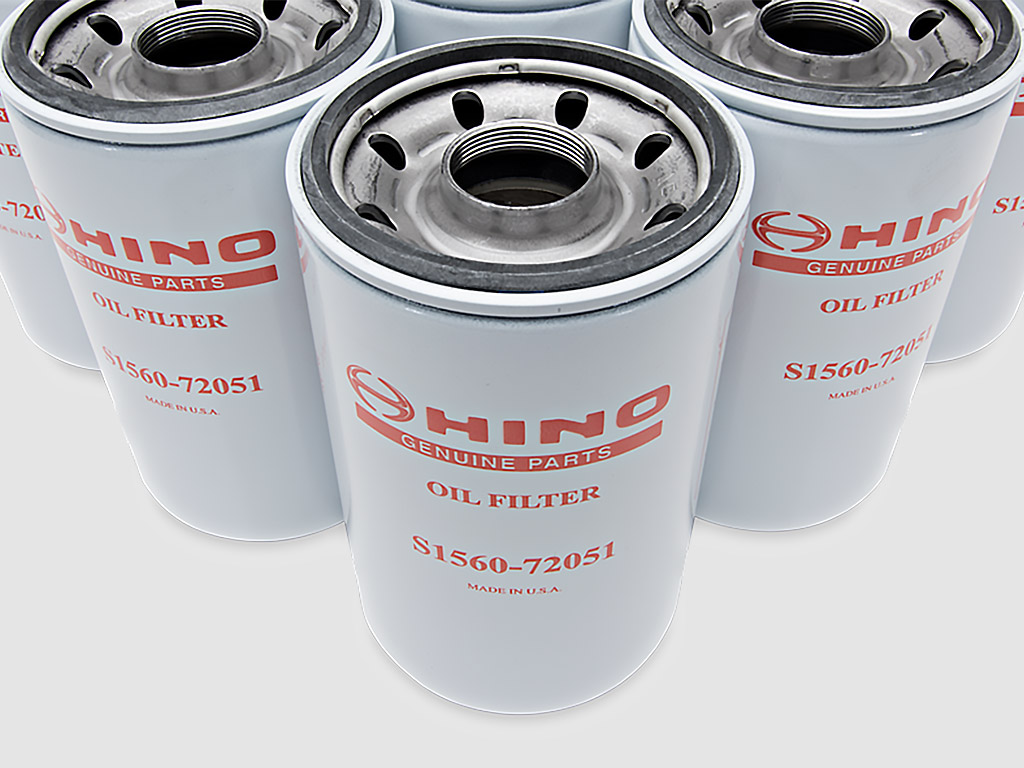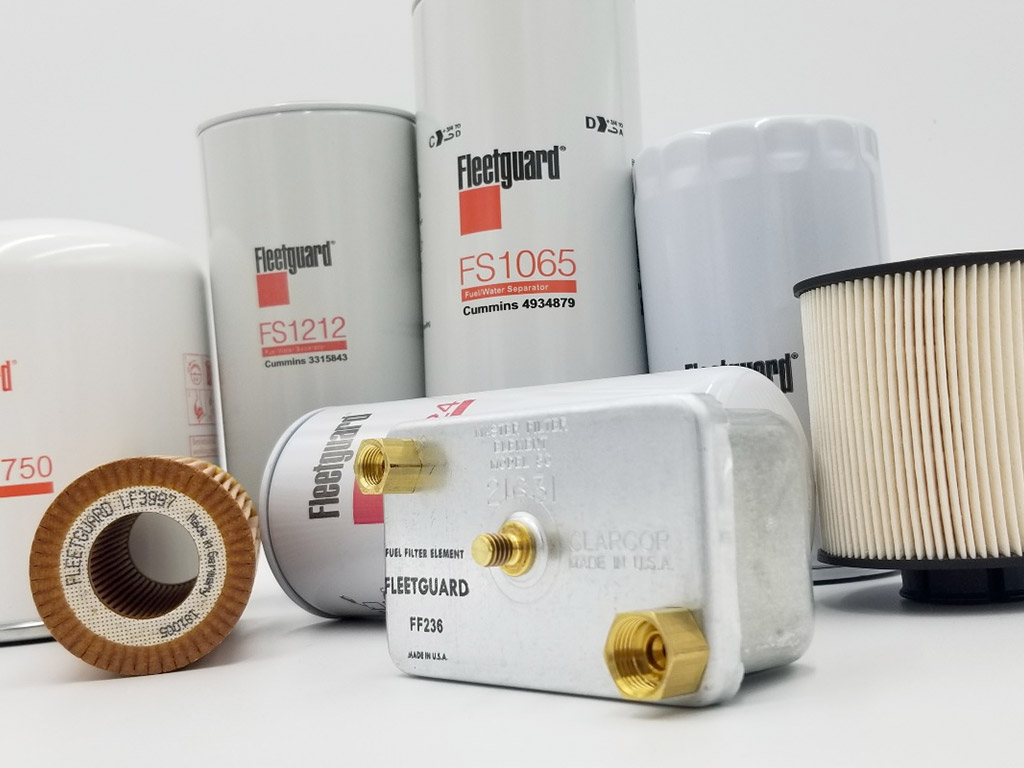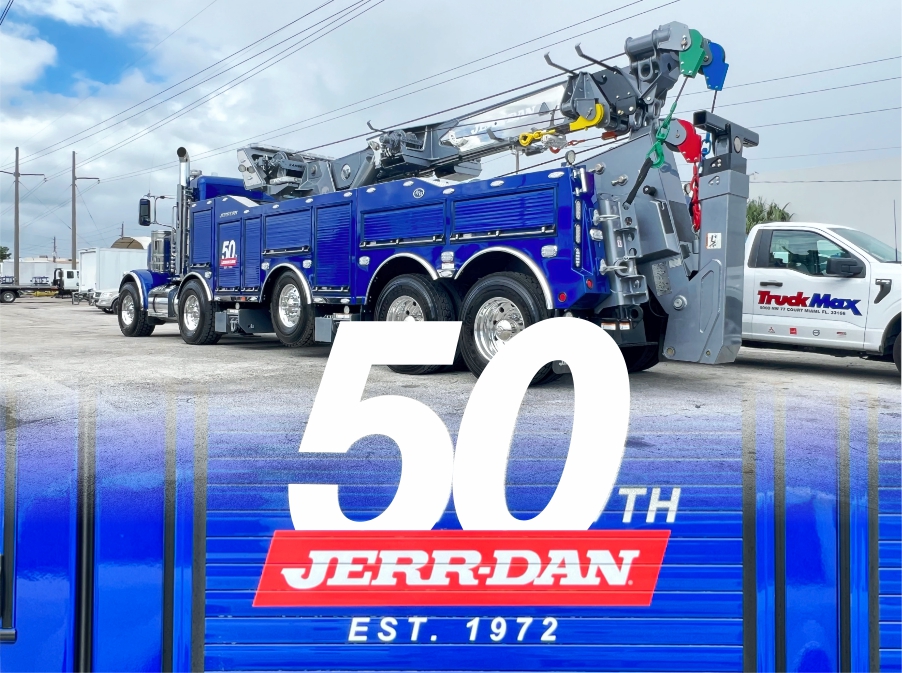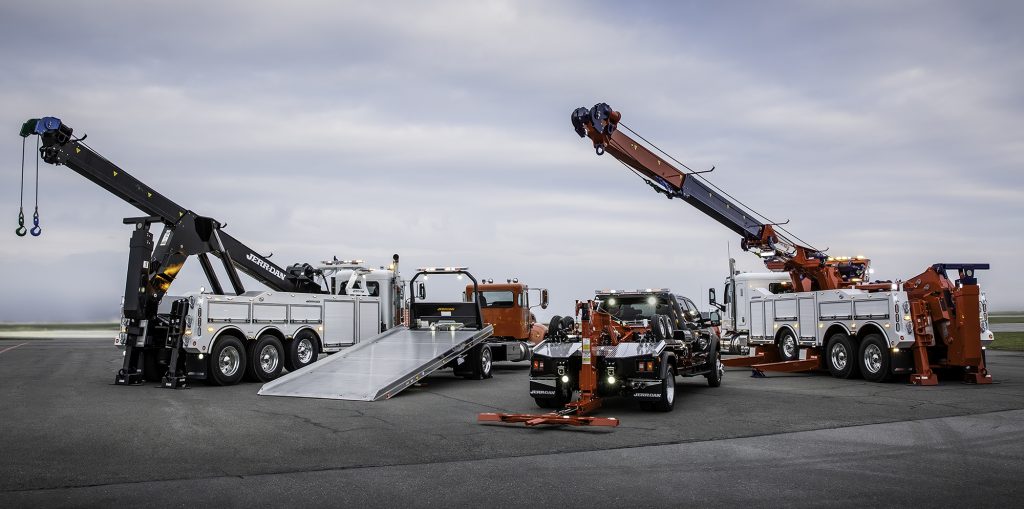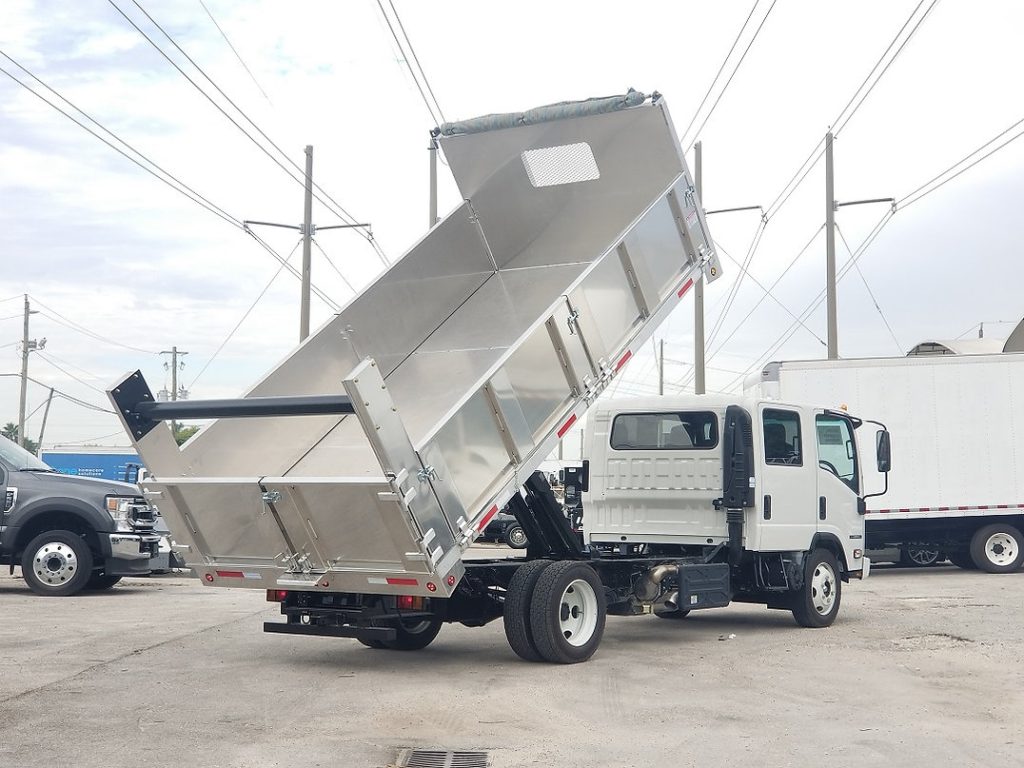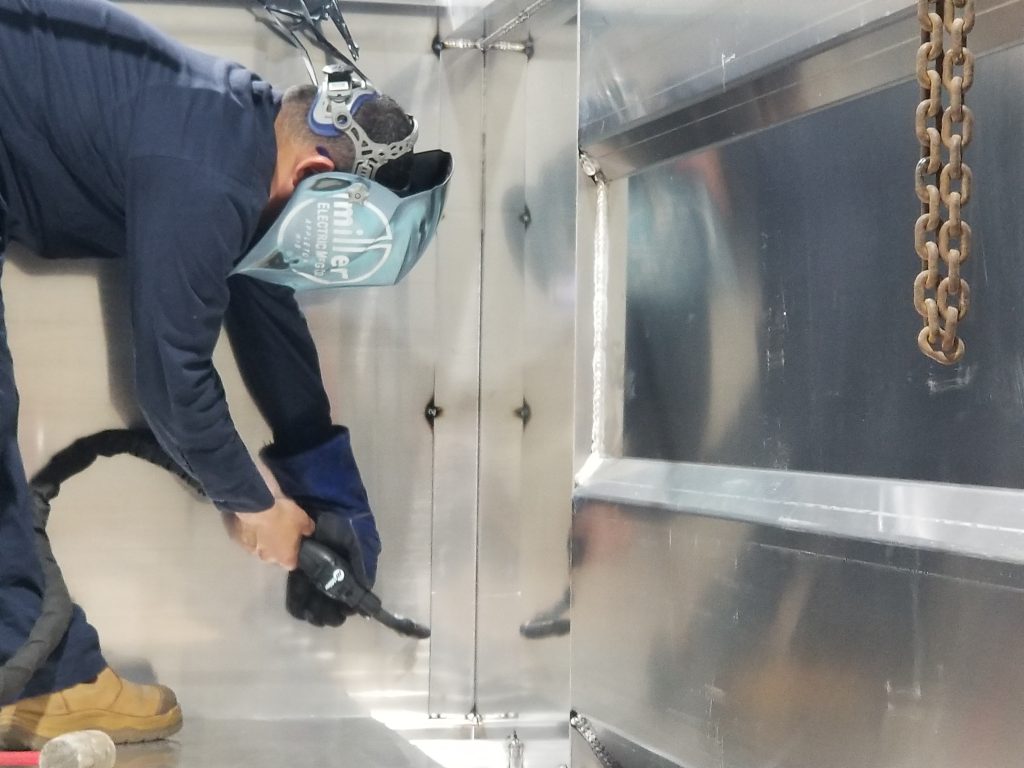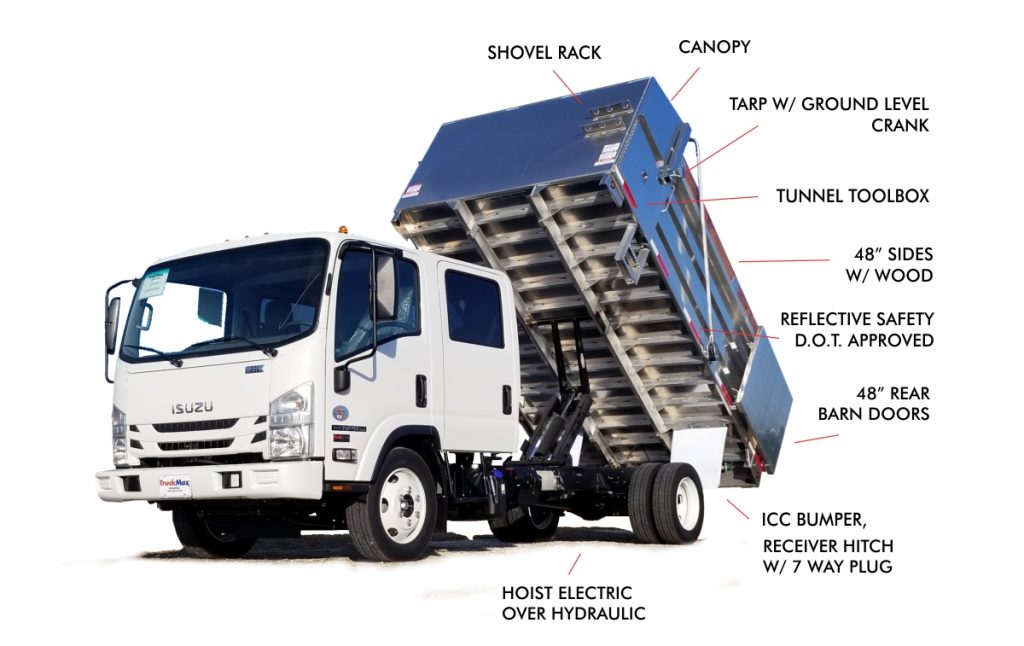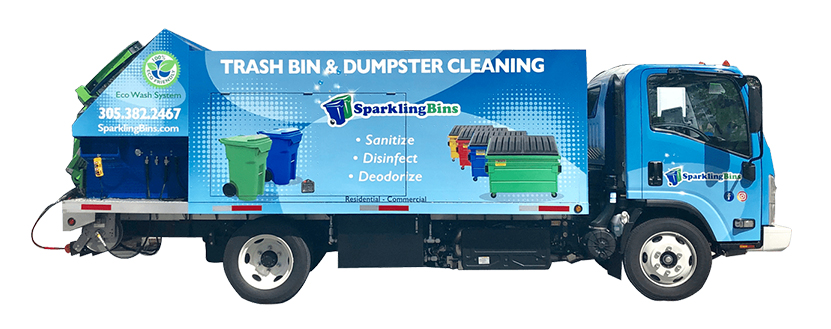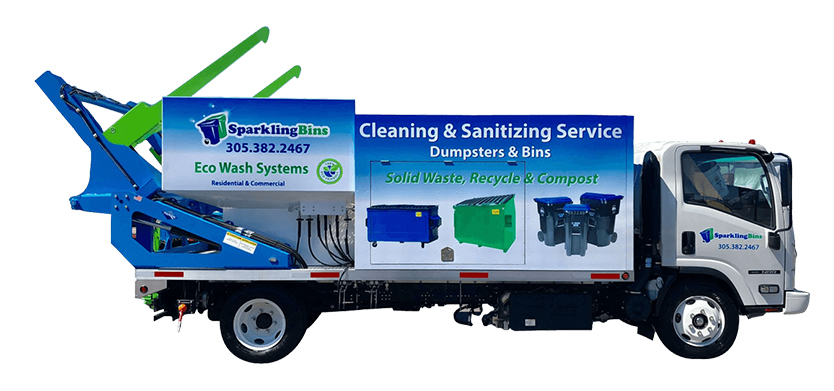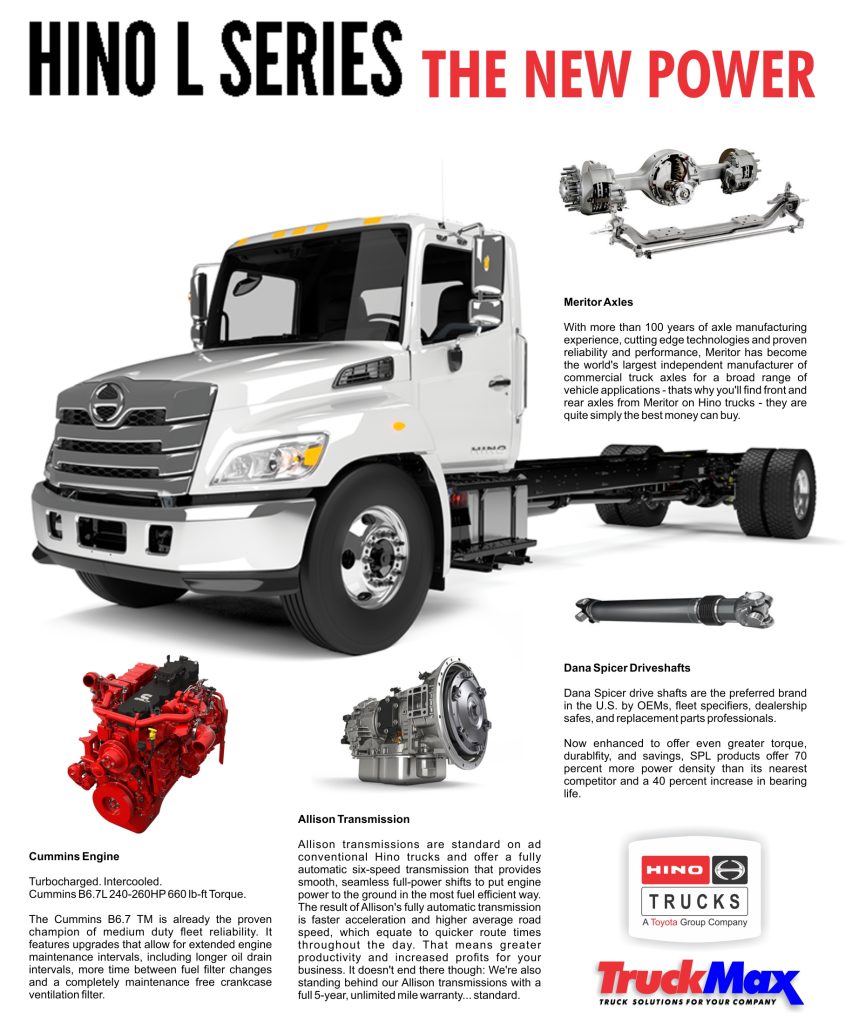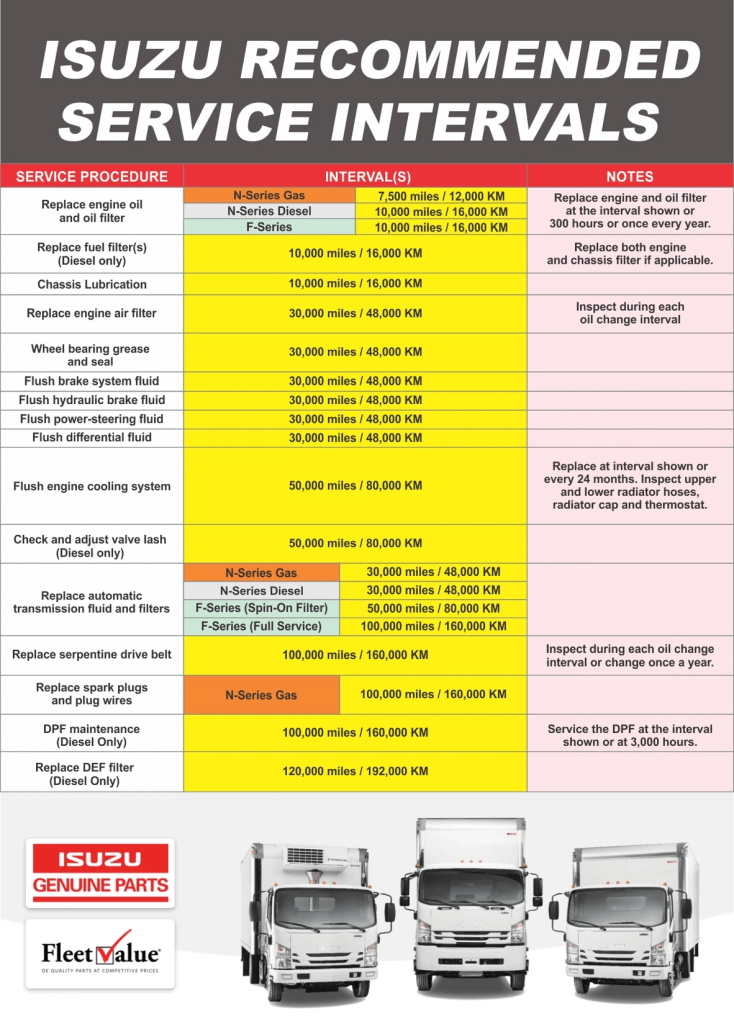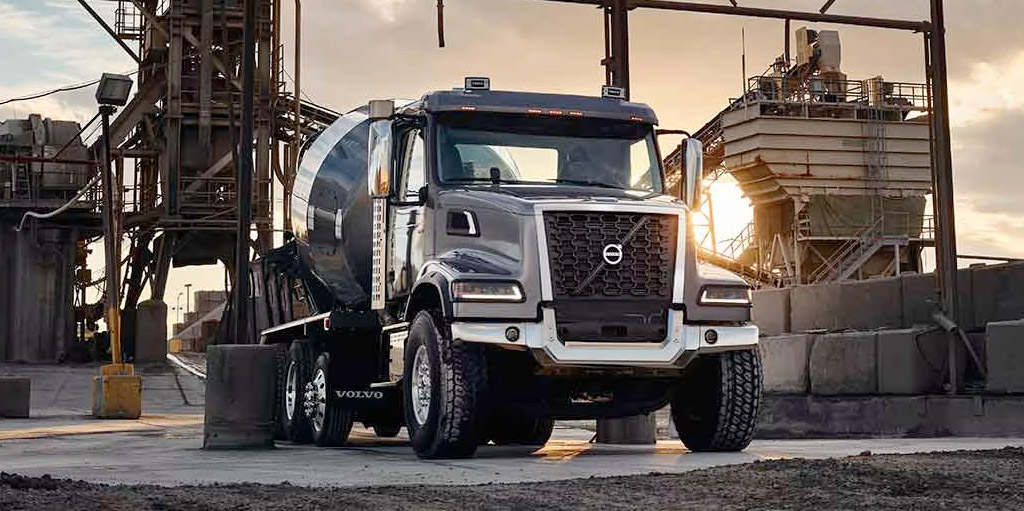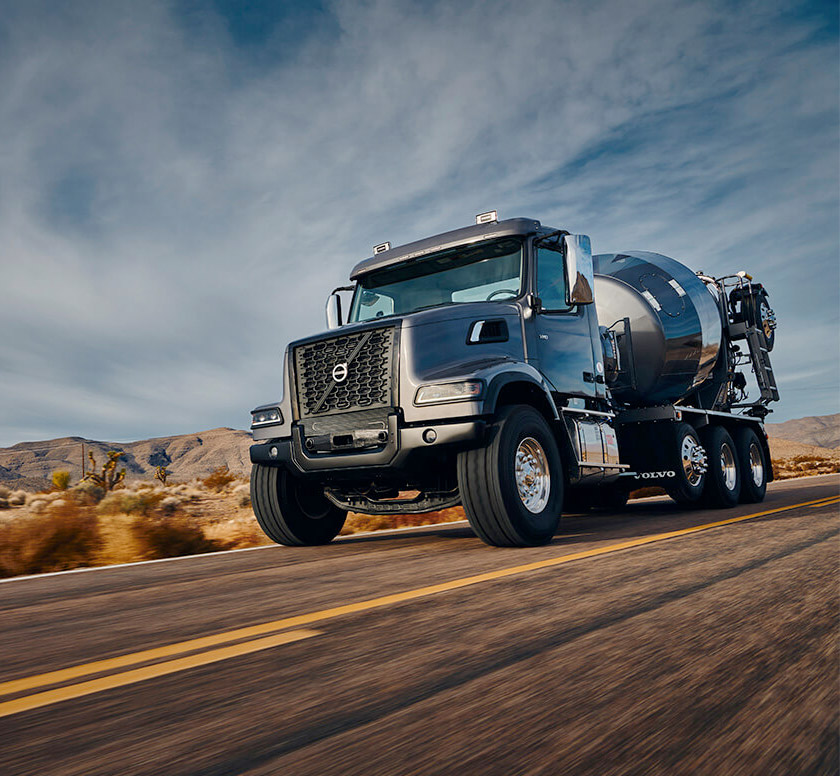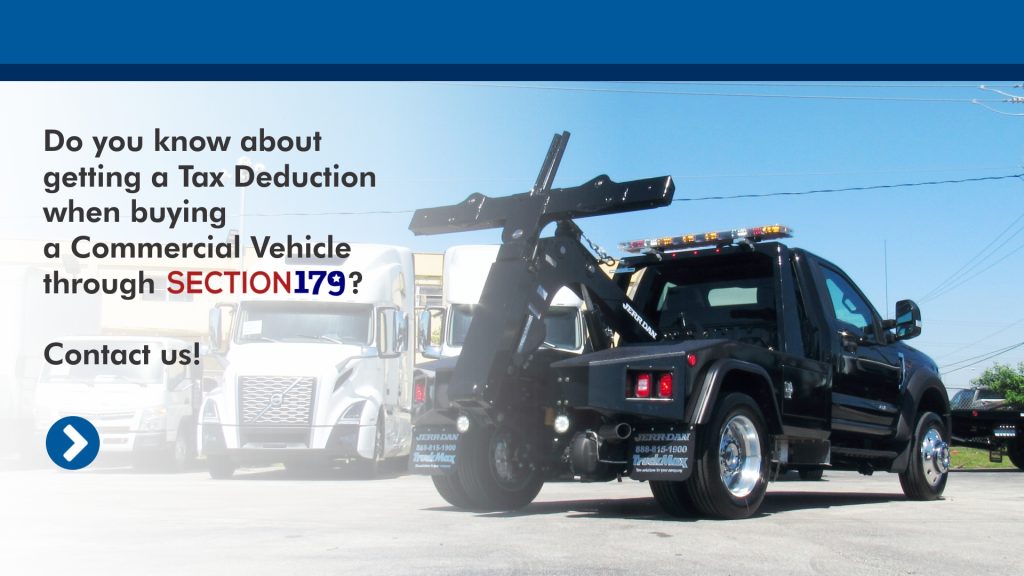When it comes to medium-duty and heavy-duty trucks, the suspension system is key. Which helps support the different operations the truck performs.
Truck suspensions are also crucial for providing stability on the road. Since these vehicles are heavier and might also be carrying additional weight, the suspension must be able to assist with handling uneven roads. The suspension also helps prevent trucks from tipping.
The suspension also needs to help cushion the ride, so the load and truck remains protected from bumps and road imperfections. Also improving driver comfort. It allows the tires and axles of the truck to move independently from one another. Other way the axle is being attached to the frame directly.

Types of Truck Suspensions
There are two main types of truck suspensions to choose from: leaf spring and air ride. Each systems comes with its own set of pros and cons that you need to consider, when choosing the right suspension system for your truck.
Leaf Spring Suspensions
This suspension system is made up of steel leaves attached to the trailer’s frame to help it adjust to shocks from the road. The steel leaves are made up of several layers of flexible steel strips that form an arc shape with the longest layer at the top and subsequently shorter layers after that.
This system come with tons of advantages for trucks, including:
· Lower upfront purchasing and installation costs.
· Lower maintenance costs, especially within the first six to seven years of ownership.
· Longer lifespan requires less frequent replacement, which can be costly.
· Lighter loads to further cut down on costs when hauling a high volume of heavy loads.
At the same time, leaf spring suspension systems also come with a few disadvantages that you need to consider, including:
· Less functionality when it comes to less-than-truckload shipments may result in a rough and bumpy ride.
· Less resale value if you go to sell a trailer with a leaf spring suspension system.
· More exposed parts that are at a greater risk of rusting, corroding, and wearing down.

Air Ride Suspensions
This suspension system comprises air-based components like valves, airlines, and air springs bags instead of metal-based components like steel leaves. These components are then powered by an electric pump or compressor that pumps air into the valves, lines, and air bags or air springs.
Since air ride suspension systems are considered more modern and advanced than leaf spring, they come with a unique set of advantages, including:
· Smoother ride for both the driver and the trailer.
· Longer trailer lifespan since the trailer takes on less vibration.
· Safer transport of fragile goods since there’s less movement and vibration in the trailer.
Even though air ride suspension systems tend to be more advanced than the alternative, they still come with some drawbacks, including:
· Higher costs — both upfront for purchase and installation and for maintenance throughout the years.
· More breakdowns are repairs are needed for air ride suspension systems.
· Heavier weight on the trailer can impact fuel efficiency and may require more fuel overheads.

Truck Suspension components
Your truck’s suspension system comprises several different components. It’s important to identify these different components and how they contribute to the overall suspension system. Here’s a quick rundown to help:
Springs: The springs are one of the most important components of a truck’s suspension system. Springs are flexible and can help the truck adjust to the road so that the driver and the cargo don’t feel as much impact from bumps or holes in the road.
Wheels and tires: The wheels and tires are also important components of a truck’s suspension system, and the tires are the only components to touch the road as the vehicle is driving. As a result, the wheels and tires incur most of the impact of the road.
Shock absorbers: Shock absorbers help the springs adjust to bumps and holes in the road. The springs would cause the truck to bounce up and down without shock absorbers after sustaining an impact. With shock absorbers, the springs are supported and stay relatively stable.
Rods and linkages: Rods and linkages are designed to connect the different components of the suspension system.
Bushings, bearings, joints, and arms: Bushings, bearings, joints, and arms are designed to keep the linkages connected to the bigger components of the suspension system. They are also designed to help certain components slide and twist when absorbing impact and adjusting to the road.
Torsion bar suspension: Torsion bar suspensions feature a narrow steel tube attached to the wishbone of a vehicle that twists around its axis. The tube is also attached on one end to the chassis, and this end does not twist. If a wheel hits a bump, tension gets created when the tube twists. After a bump, the steel unwinds and pushes the wheel down again.
Coil spring suspension: A coil spring suspension is a common system that is found in the front and back of many vehicles and in the front of some trucks. These systems feature springs that are spiraled and allow for flexibility in the form of bending and twisting. They are the most versatile system.
Truck rear suspension: The most common tendence was to install leaf suspension systems on the rear of pickup trucks, coil spring suspension systems installed on the rear of vehicles became popular when Dodge introduced them on their 2009 Ram 1500s. These systems combine a lot of weight-bearing capability with comfort.
Suspension Needs to Be Replaced
There are several signs that can indicate wear and tear on a truck’s suspension system. Even with proper maintenance, suspension systems don’t last forever and will eventually need to be replaced. Here are some signs that your suspension system needs to be replaced:
Bumpy rides: An increase in bumpiness and shaking on the road can mean there’s damage to the struts or other parts of the suspension.
Uneven tire wear: Suspension issues can cause uneven impact on your vehicle, causing irregular tire wear and tear.
Rocking or unstable body: Noticing your truck rocking forward, backward, or sideways when stopping or turning can be a sign of a suspension that is unable to properly stabilize motion.
Lowered vehicle: If you notice a sunken frame or your truck leaning to one side or the other when it’s parked, there could be damage to the suspension.
Leaking oil: Finding leaking oil on the shocks of your truck can be an indicator they are worn or damaged and need to be replaced.
Suspension Maintenance
No matter what type of suspension system you have, you need to ensure proper function. Schedule a preventive maintenance at any TruckMax location. This is the key to maintain your suspension system and prolong its lifespan:
• Thoroughly inspect the inflation levels and tread depth of your tires every 1,000 to 3,000 miles for any signs of irregular deflation, or wear that may be related to the suspension system.
• Rotate and balance your tires every 20,000 to 30,000 miles, keeping in mind that tractor tires may require more care and attention than trailer tires.
• Have your wheels aligned every 50,000 to 60,000 miles and thoroughly inspect the condition of your suspension system.
• Check the levels of your power steering fluid at every oil change, which should be around every 25,000 miles.
Be sure to take your truck to our trained diesel technician. Our technicians have the expertise to diagnose and repair suspension issues. This, along with the right replacement suspension parts will ensure your truck is riding properly. All this will keep you safe on the road. Contact us for your truck suspension parts!






